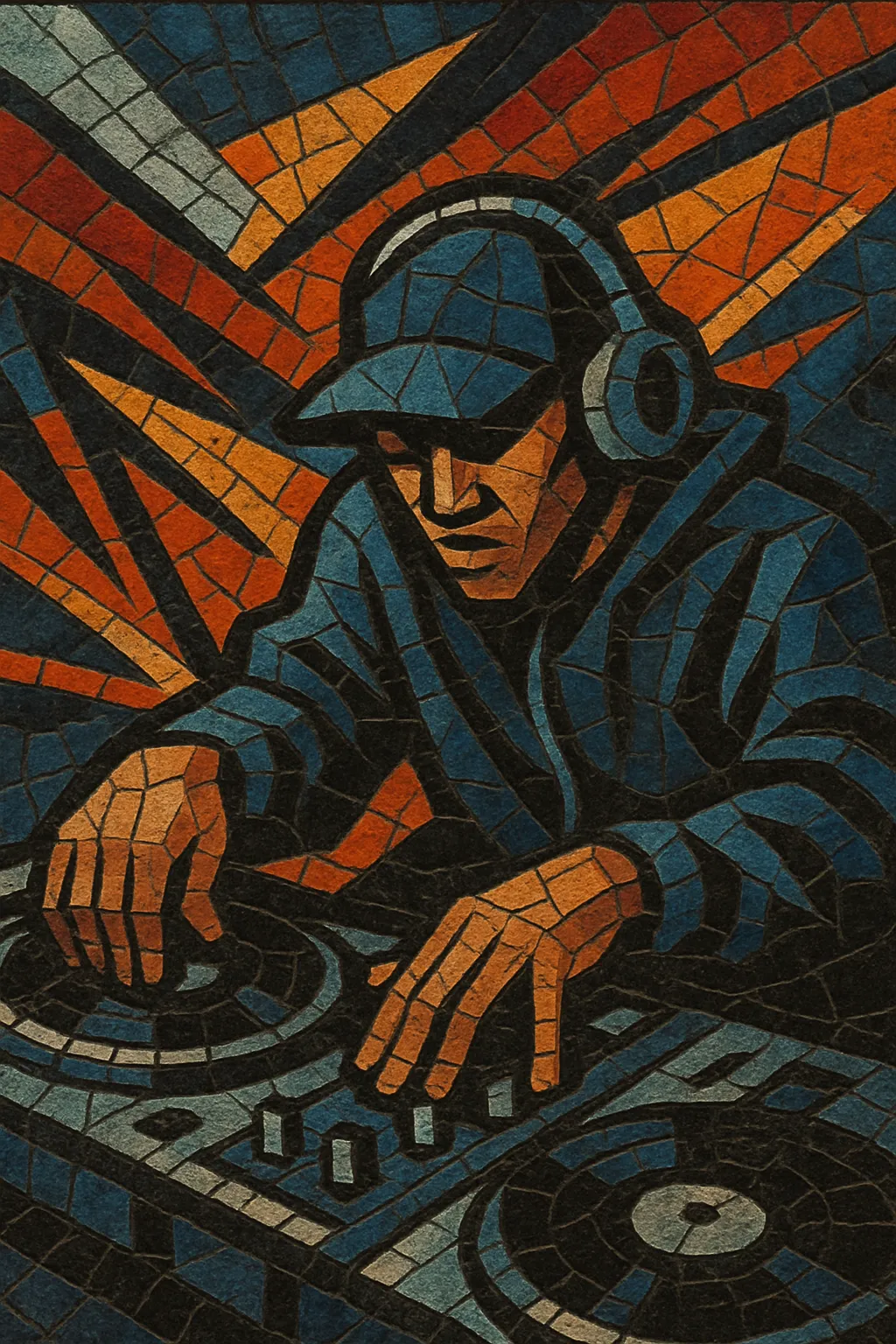Breakbeat is an electronic dance music style built around syncopated, sampled drum "breaks" rather than a straight four-on-the-floor kick. Producers chop, loop, and rearrange classic drum breaks (such as the Amen, Apache, and Think breaks) to create swung, shuffling rhythms with strong backbeat accents.
Emerging from the UK rave continuum, breakbeat draws heavily on hip hop’s sampling culture and electro’s machine-funk, while adopting house/acid-house sound design and club-focused arrangements. Tempos most commonly sit between 125–140 BPM (though broader ranges occur), featuring heavy sub-bass, crunchy snares, and edits/fills that propel dancefloors without relying on a 4/4 kick.
As a scene, "breaks" spans everything from big-room, party-leaning grooves to techy, nu skool textures and regional variants like Florida breaks. It also functions as a foundational rhythmic vocabulary that informed jungle and drum and bass, and it underpins much of modern bass music.
The roots of breakbeat lie in hip hop DJs isolating the "breaks" of funk and soul records for B-boys, a practice that introduced looped, syncopated drum passages as dance-music engines. In the UK, this approach fused with acid house, electro, and the burgeoning rave scene. Producers began sampling iconic breaks (Amen, Apache, Think), layering them with sub-bass and rave stabs, and pushing tempos and edits toward the club.
By the early 1990s, breakbeat had crystallized as a distinct club style, overlapping with and feeding into breakbeat hardcore and the early formation of jungle/drum and bass. Parallel to these harder, faster offshoots, a more mid-tempo, groove-led strain flourished in the mid-to-late 1990s with big beat (The Chemical Brothers, Fatboy Slim) and a techier, DJ-focused movement often called "nu skool breaks" (Plump DJs, Stanton Warriors, Adam Freeland). Labels like Skint, Marine Parade, TCR, Botchit & Scarper, and Finger Lickin' became scene hubs.
In the United States, Florida breaks carved a distinct identity around punchy subs, electro-flavored synths, and hip hop swagger (DJ Icey, Baby Anne). Meanwhile, UK and European producers refined the sound with cleaner engineering, intricate edits, and hybridization with house, electro, and progressive elements—leading to progressive breaks and richly arranged acts like Hybrid.
Although mainstream visibility waned as dubstep and other bass styles surged, breakbeat’s DNA remained central: it continued to shape drum and bass, trip hop’s legacy, UK bass, and modern techno’s break-infused permutations. A continuing cycle of revival and cross-pollination keeps breaks relevant—its rhythmic language is now a staple across club music and sample-based production.


